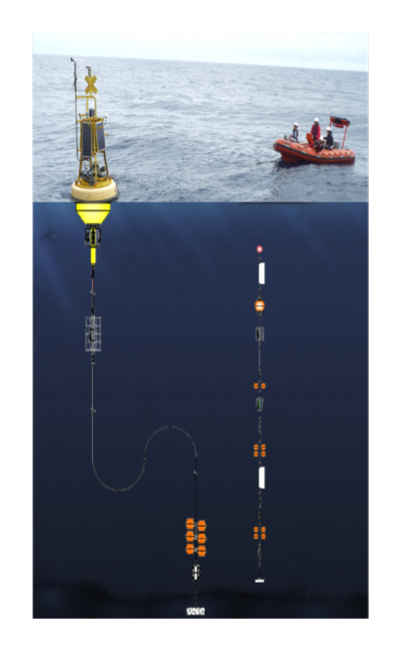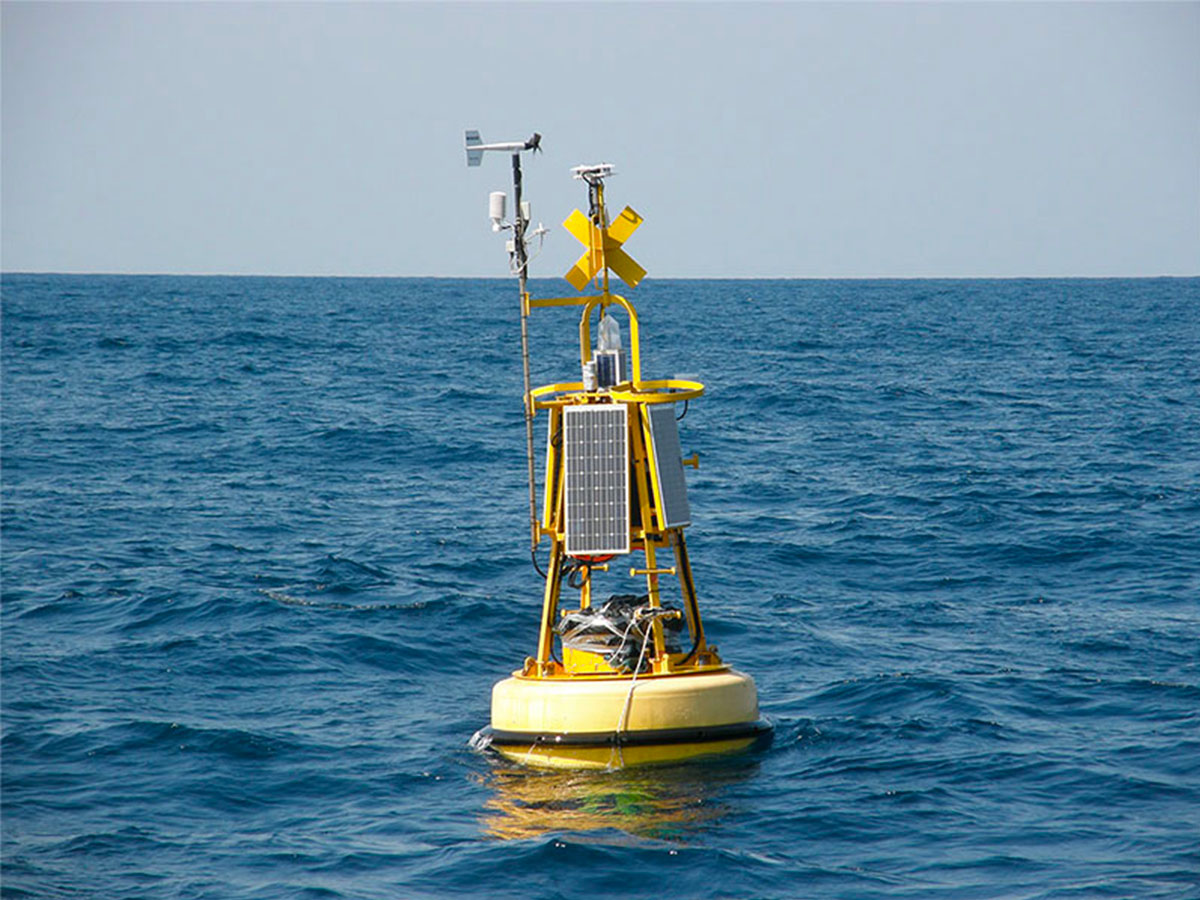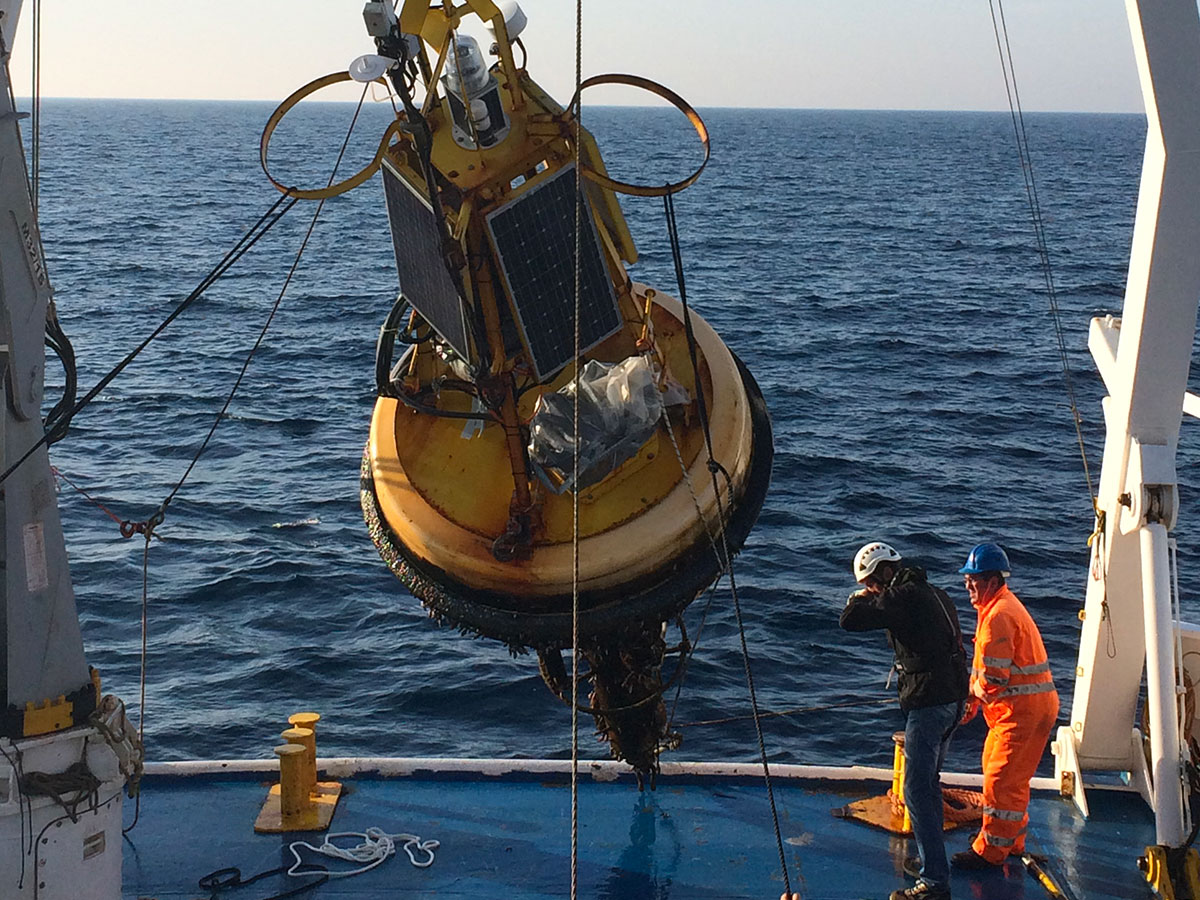The site in the Southern Adriatic represents the OGS contribution to the European EMSO infrastructure. Oceanographically, it is located at the centre of the cyclonic gyre, where deep convection processes take place, involving both the atmosphere and the ocean dynamics, forming new dense and oxygenated waters.
The interdisciplinary laboratory for oceanographic research in the Southern Adriatic "EMSO-ERIC Regional facility" is dedicated to studies on characterising long-term changes in the Adriatic Sea in response to local climate forces.
The objective is to study the processes of dense water formation, water mass properties, biogeochemical cycles and cascading in the Southern Adriatic Sea, and to understand the ecosystem function especially in relation to carbon sequestration dynamics and acidification processes in deep waters.
It comprises two sites:
- the South Adriatic Trench Observatory (E2M3A)
- the Shelf-slope Observatory site (BB and FF) located in the western part of the basin.

Organisation
As one of its main objectives, the first site (E2M3A) has long-term multidisciplinary monitoring to assess the response of the Adriatic Sea to climate forces. The site is a two-berth system where the main one hosts the surface buoy equipped with a meteorological station and radiometers to collect air-sea interaction measurements, sensors for physical and biochemical parameters distributed in the mixed layer, telemetry and services. The surface buoy collects the acquired data and transmits them in real time to the on-line server. The secondary mooring line houses an instrument chain with sensors at different depths for physical and chemical measurements from the seabed to the mixed layer.
The second site (Shelf-slope) has the role of intercepting the passage of the North Adriatic Dense Water (NAdDW), which forms during the winter between Trieste and Ancona, as it sinks.



